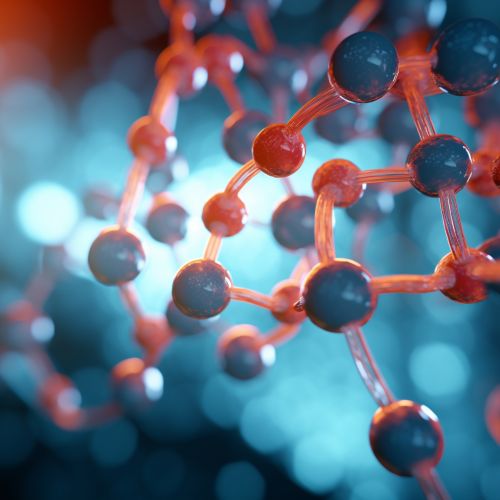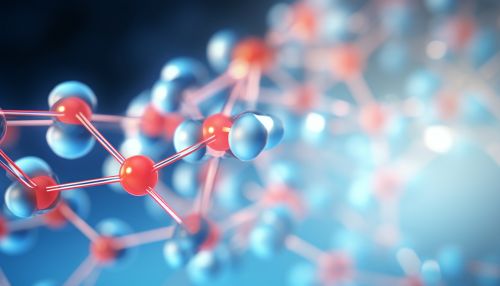Protein phosphorylation
Introduction
Protein phosphorylation is a post-translational modification that involves the addition of a phosphate group to a protein molecule. The process is catalyzed by enzymes known as protein kinases, which transfer a phosphate group from ATP to specific amino acids in the protein. This modification can significantly alter the function and activity of the protein, influencing a wide range of cellular processes including cell division, metabolism, and signal transduction.


Biochemistry of Protein Phosphorylation
Protein phosphorylation occurs primarily on three amino acids: serine, threonine, and tyrosine. These amino acids contain hydroxyl groups in their side chains, which can form a stable bond with a phosphate group. The process is reversible, with the removal of the phosphate group (dephosphorylation) being catalyzed by protein phosphatases.
Role in Cellular Functions
Protein phosphorylation plays a critical role in the regulation of many cellular functions. It is involved in the activation or deactivation of enzymes, the regulation of protein-protein interactions, and the control of protein degradation. It also plays a key role in signal transduction, allowing cells to respond to changes in their environment.
Protein Kinases
Protein kinases are the enzymes responsible for catalyzing the phosphorylation of proteins. They are classified into several families based on their sequence homology and substrate specificity. The human genome encodes for more than 500 different protein kinases, highlighting the importance of protein phosphorylation in cellular processes.
Protein Phosphatases
Protein phosphatases are the enzymes that catalyze the removal of phosphate groups from proteins, a process known as dephosphorylation. They play a crucial role in the regulation of protein phosphorylation, ensuring that proteins are not excessively phosphorylated. Like protein kinases, protein phosphatases are also classified into several families based on their sequence homology and substrate specificity.
Regulation of Protein Phosphorylation
The balance between protein phosphorylation and dephosphorylation is tightly regulated in cells. This is achieved through the coordinated action of protein kinases and phosphatases, as well as other regulatory proteins. Dysregulation of protein phosphorylation can lead to various diseases, including cancer and neurodegenerative disorders.
Protein Phosphorylation in Disease
Abnormal protein phosphorylation is associated with many diseases. For example, mutations in protein kinases or phosphatases can lead to aberrant protein phosphorylation, contributing to the development of diseases such as cancer and neurodegenerative disorders. Furthermore, many drugs target protein kinases or phosphatases, highlighting the therapeutic potential of modulating protein phosphorylation.
